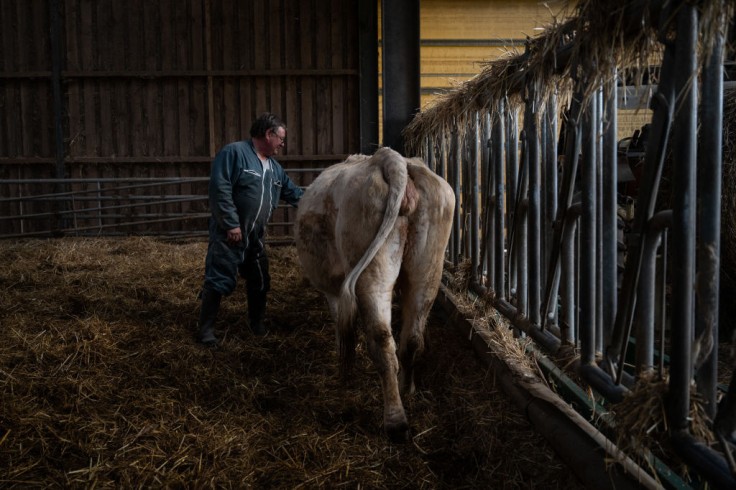
The Texas dairy worker who acquired bird flu from an ailing cow in late March didn't exhibit the common influenza symptoms like fever, coughing, or sneezing. Instead, the only apparent sign of his infection was a serious case of pinkeye.
First Case of Bird Flu Transmission from Cow to Human
This incident, detailed in the New England Journal of Medicine by health authorities in Texas and the Centers for Disease Control and Prevention, marks the sole documented case of bird flu transmission from a cow to a human.
Bird flu was at first discovered in numerous dairy cow herds around the same time the worker began encountering displeasure in his right eye, which subsequently turned red. He was diagnosed with conjunctivitis or pinkeye, and tests disclosed he had acquired the same H5N1 strain circulating among dairy cows.
The man got an antiviral medication and was suggested to isolate himself as he recovered. Fortunately, none of his household members fell ill, although they were also prescribed the antiviral as a precautionary measure.
Remarkably, the man never developed respiratory symptoms, indicating that the virus might not spread readily through coughs or sneezes. Genetic analysis of samples from his eyes and nose confirmed the absence of mutations enabling airborne transmission.
However, experts caution about the potential emergence of such mutations, particularly as the virus continues to affect dairy cow populations across multiple states.
The report emphasizes the pandemic potential of H5N1 viruses, which have caused severe respiratory disease in humans globally, prompting calls for swift implementation of preventive measures to minimize human exposure to infected animals and contaminated environments.
While no further cases have been detected among those monitored for symptoms or tested for bird flu, veterinarians suspect that undetected cases may exist among dairy farmers hesitant to report positive tests due to concerns about livestock loss.
The outbreak's implications extend beyond public health, potentially impacting consumer confidence in dairy products. While no bird flu has been found in Wisconsin cows, the state's veterinary experts remain vigilant, advocating for protective measures among those in contact with dairy cattle.
Significance of Utilizing Protective Gear When Handling Dairy Cattle
The report underscores the importance of protective gear for individuals handling dairy cattle and highlights the need for further research to understand the duration of the virus in the infected worker's system and study his antibodies.
Newly disclosed details reveal that the Texas dairy farm worker who contracted H5N1 bird flu had been without respiratory or eye protection and had been in contact with cattle showing similar symptoms to those from a neighboring farm with a confirmed virus outbreak.
Human infection by the bird virus is uncommon, and this case, reported in March, marks only the second known instance in the United States. Concerns arise from the virus's spread among various mammal species, raising fears of heightened human exposure leading to easier transmission and a potential global pandemic.
While the worker denied contact with sick or deceased birds or other animals, he had close contact with ailing dairy cows displaying symptoms like decreased milk production, reduced appetite, and lethargy. Despite wearing gloves, the worker lacked respiratory or eye protection.
The CDC urges farmers, workers, and emergency responders to use appropriate protective gear when in direct or close contact with sick birds, livestock, feces, raw milk, or contaminated surfaces.
An analysis by the U.S. Department of Agriculture released on Thursday indicates that the virus had been circulating among U.S. dairy cows for approximately four months before its official report on March 25.
According to the FDA, preliminary tests on dairy products suggest they are safe for consumption.